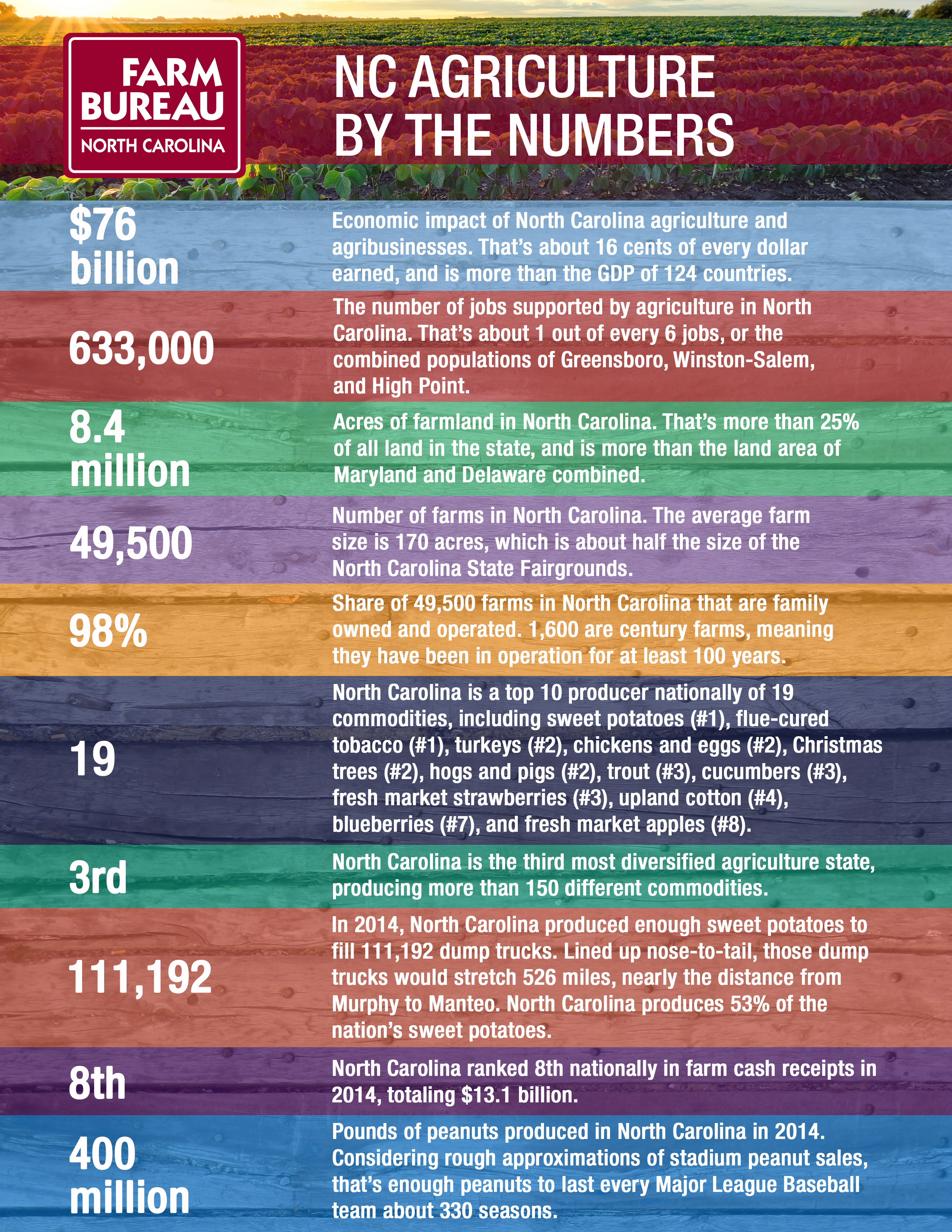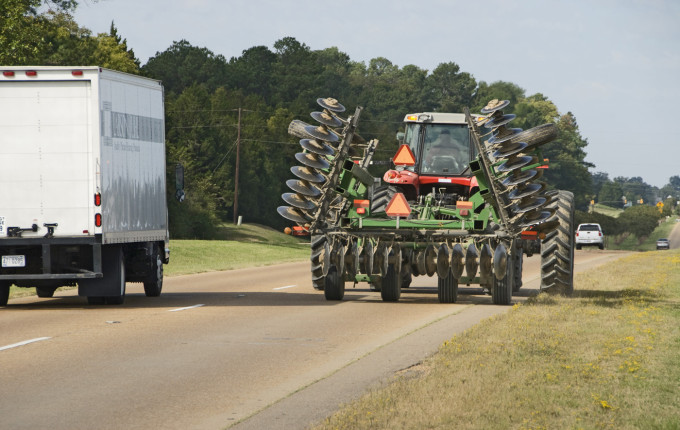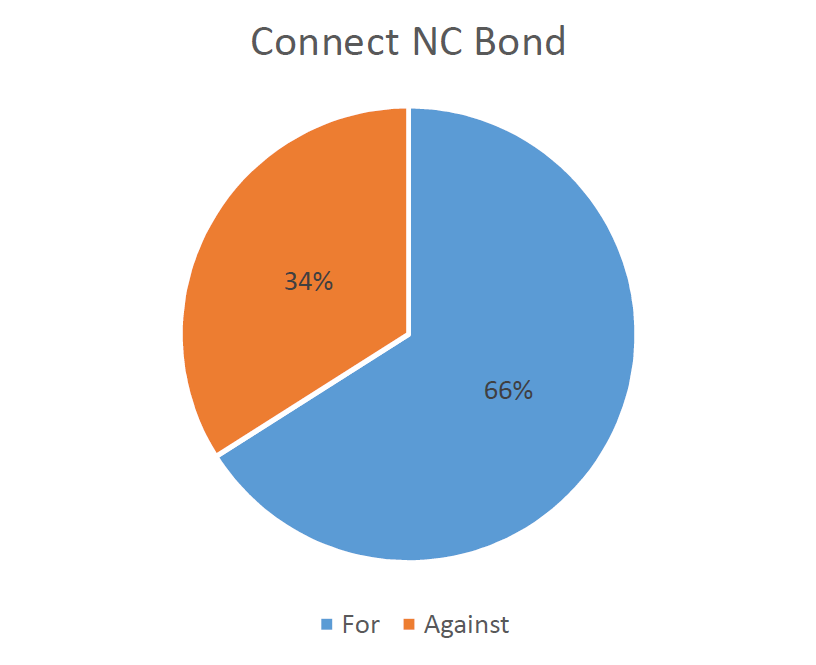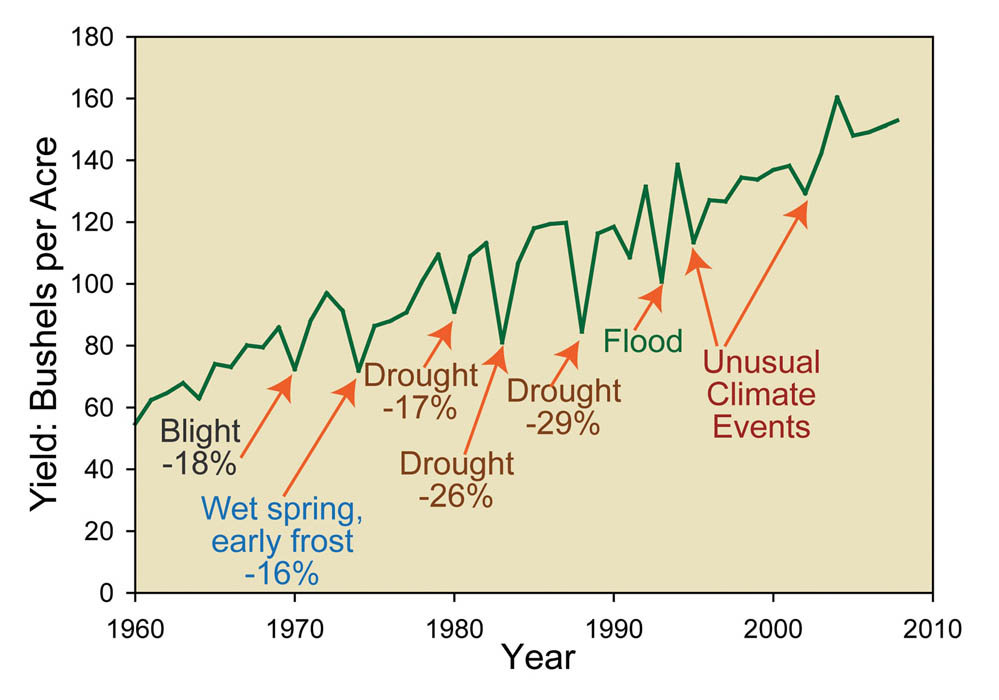The North Carolina Legislative “Short Session” is underway! As legislators settle in for the session, the timing is perfect to talk about the significant role agriculture plays in North Carolina. Today, we’ll highlight a few key facts about North Carolina agriculture and try to make some interesting comparisons along the way.

Download PDF: NC Farm Bureau – NC Agriculture by the Numbers





 North Carolina voters last night passed the $2 billion Connect NC Bond that will strengthen food security and national security by making two investments in the future of North Carolina agriculture. NC Farm Bureau strongly supported the Connect NC Bond that provides $85 million for the Plant Sciences Initiative at NC State and $94 million for updating NC Department of Agriculture and Consumer Services (NCDA&CS) laboratories.
North Carolina voters last night passed the $2 billion Connect NC Bond that will strengthen food security and national security by making two investments in the future of North Carolina agriculture. NC Farm Bureau strongly supported the Connect NC Bond that provides $85 million for the Plant Sciences Initiative at NC State and $94 million for updating NC Department of Agriculture and Consumer Services (NCDA&CS) laboratories.